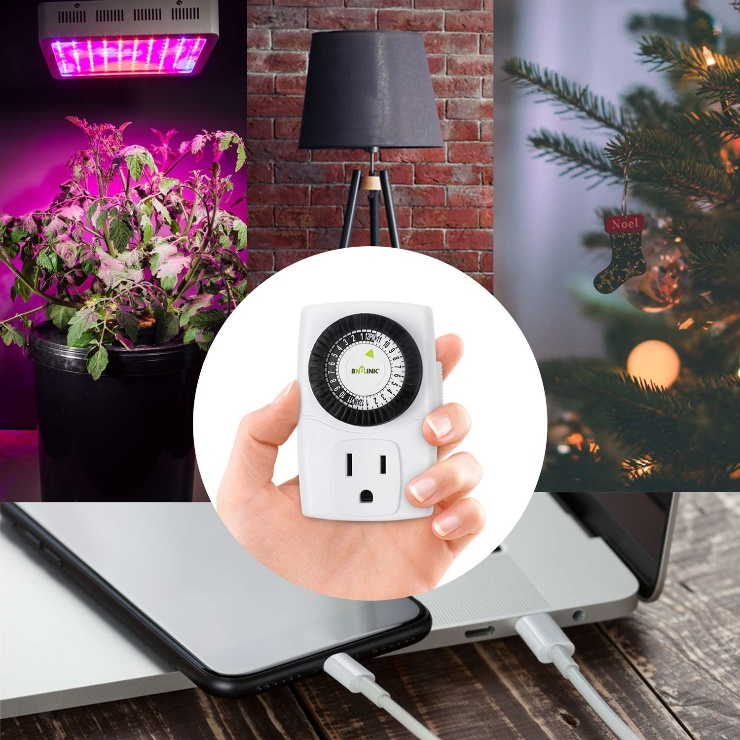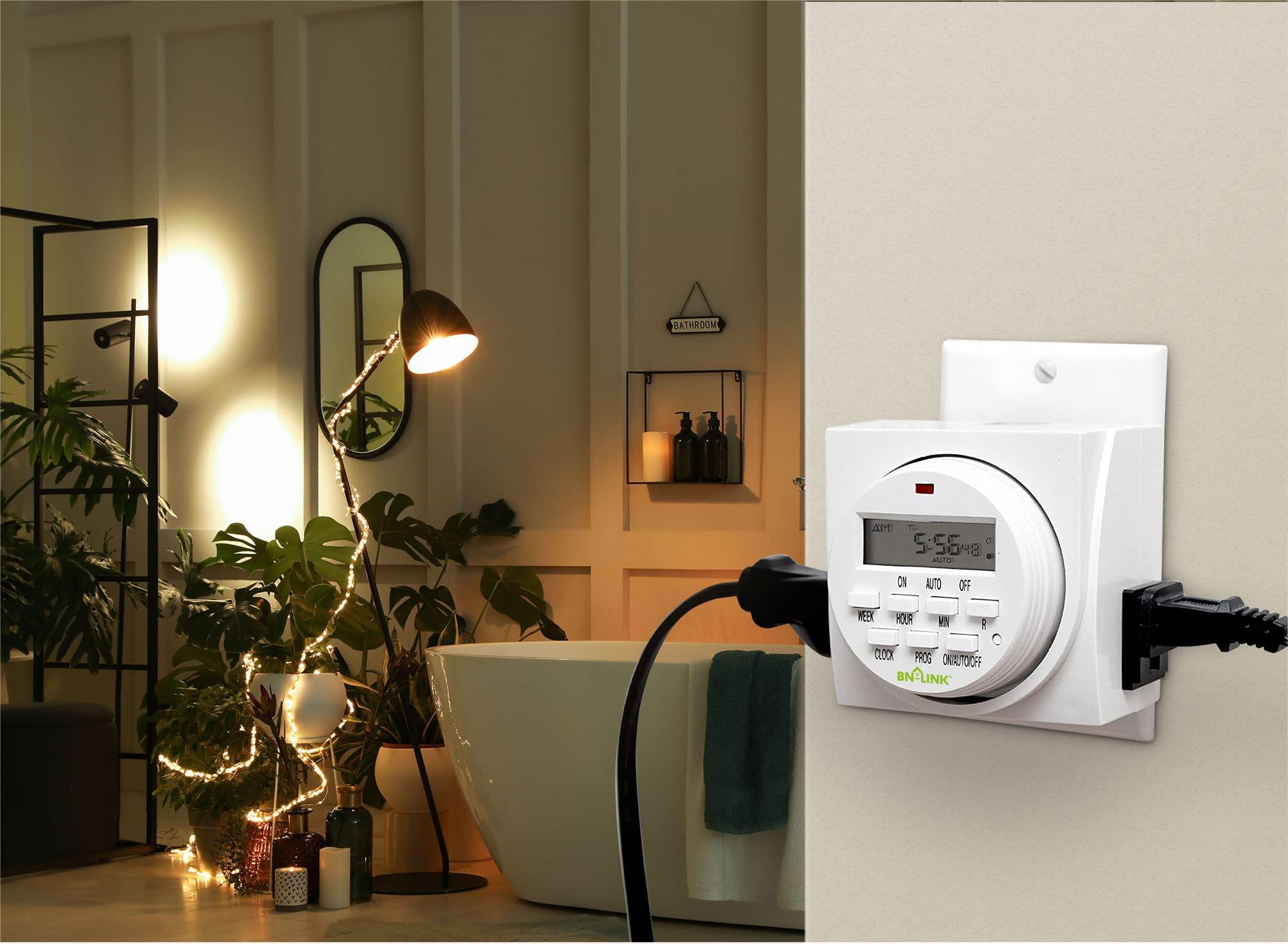Building a small greenhouse for vegetables is becoming an increasingly popular trend among gardeners and homeowners looking to enhance their sustainable living practices. With the right approach, a small greenhouse for vegetables not only extends the growing season but also provides a perfect environment for cultivating a variety of plants.
Whether you're looking to grow lush vegetables or beautiful green plants, understanding the design and construction of your greenhouse is crucial. In this guide, we will explore the essential steps and devices needed to successfully construct a small greenhouse for vegetables, ensuring you can enjoy a bountiful harvest regardless of the external climate conditions.

Building Your Mini-Greenhouse for Vegetables
Building a small greenhouse for vegetables is becoming increasingly popular among gardeners and homeowners who are embracing sustainable living practices.
Choosing Materials and Design
The first step is selecting the right materials. Options include glass, which offers excellent clarity and longevity; polycarbonate, known for its strength, lightweight properties, and UV resistance; and polyethylene, a cost-effective choice that provides good insulation. Each material suits different climates and budgets, and the choice will impact the overall durability and effectiveness of your greenhouse.
Design considerations are crucial for optimizing your greenhouse's functionality. The size should match your space and the amount of produce you aim to grow. The shape and orientation of the greenhouse should maximize sunlight exposure and promote efficient airflow, which is vital for plant health and productivity.
Building the Structure
- Preparing the Site: Start with a level foundation. Clean the area and ensure proper drainage to prevent water accumulation, which could lead to structural issues and plant diseases.
- Constructing the Frame:Assemble the frame according to your chosen design. Ensure that it is sturdy and able to support the glazing material and any additional fixtures.
- Installing Glazing and Coverings: Secure your chosen material—glass, polycarbonate, or polyethylene—to the frame. This will create an enclosed space that controls temperature and humidity.
- Adding Ventilation and Heating:Proper ventilation is crucial to prevent overheating and allow air exchange. Install operable windows, vents, or exhaust fans. In cooler climates, consider integrating a heating system to extend the growing season. The BN-LINK Durable Seedling Heat Mat serves as an excellent heating pad for seedlings, providing consistent temperatures that are crucial for germination and early plant growth. The pairing thermostat controller helps to ensure that the roots are warmed efficiently, promoting healthier growth without the risk of overheating.
Besides, to run more rationally, cost-effectively, and automatically, we also provide a surge protector with a timer that allows you to set a heating schedule for germination. Comments have shown that the timer is easy to set up with 8 ports that can support small-to-medium size greenhouse power supply.
With the right materials and equipment, such as those offered by BN-LINK, you can create a conducive environment for your vegetables to thrive year-round. In the next section, we will provide tips on vegetable gardening within your new greenhouse, focusing on plant care and maintenance.

Vegetable Gardening Tips for Your Greenhouse
To maximize the yield and health of your greenhouse vegetables, consider the following essential tips:
- Choosing Suitable Vegetables: Opt for vegetables that do well in confined spaces, such as tomatoes, peppers, lettuce, and herbs, which can flourish under controlled climate conditions.
- Soil Preparation:Use nutrient-rich soil with good drainage and moisture retention. Enhance it periodically with compost to maintain fertility.
- Watering and Fertilizing:Maintain a regular watering regime to keep the soil optimally moist, and utilize a drip irrigation system to reduce water wastage and disease risk. Fertilize carefully to supply essential nutrients without overfeeding.
- Pest and Disease Management:Regularly inspect plants for early signs of pests and diseases. Employ organic pesticides and introduce beneficial insects for natural pest control.
-
Mini Greenhouse Maintenance and Care:
- Regular Inspections: Check structural integrity, particularly after extreme weather, to ensure stability and functionality.
- Cleaning and Sanitizing:Remove plant residues and sanitize surfaces to prevent disease outbreaks.
- Seasonal Maintenance:Adapt ventilation and heating to the changing seasons to meet plant requirements efficiently.

Conclusion
Building and maintaining a small greenhouse for vegetables is a rewarding and sustainable endeavour that provides fresh produce year-round. Utilizing BN-LINK smart solution for a small greenhouse for vegetables.
Embrace BN-LINK as your partner in smarter, sustainable living, helping you achieve a productive and flourishing greenhouse environment with ease. Let BN-LINK help your green journey to abundant harvests and optimized gardening success.



